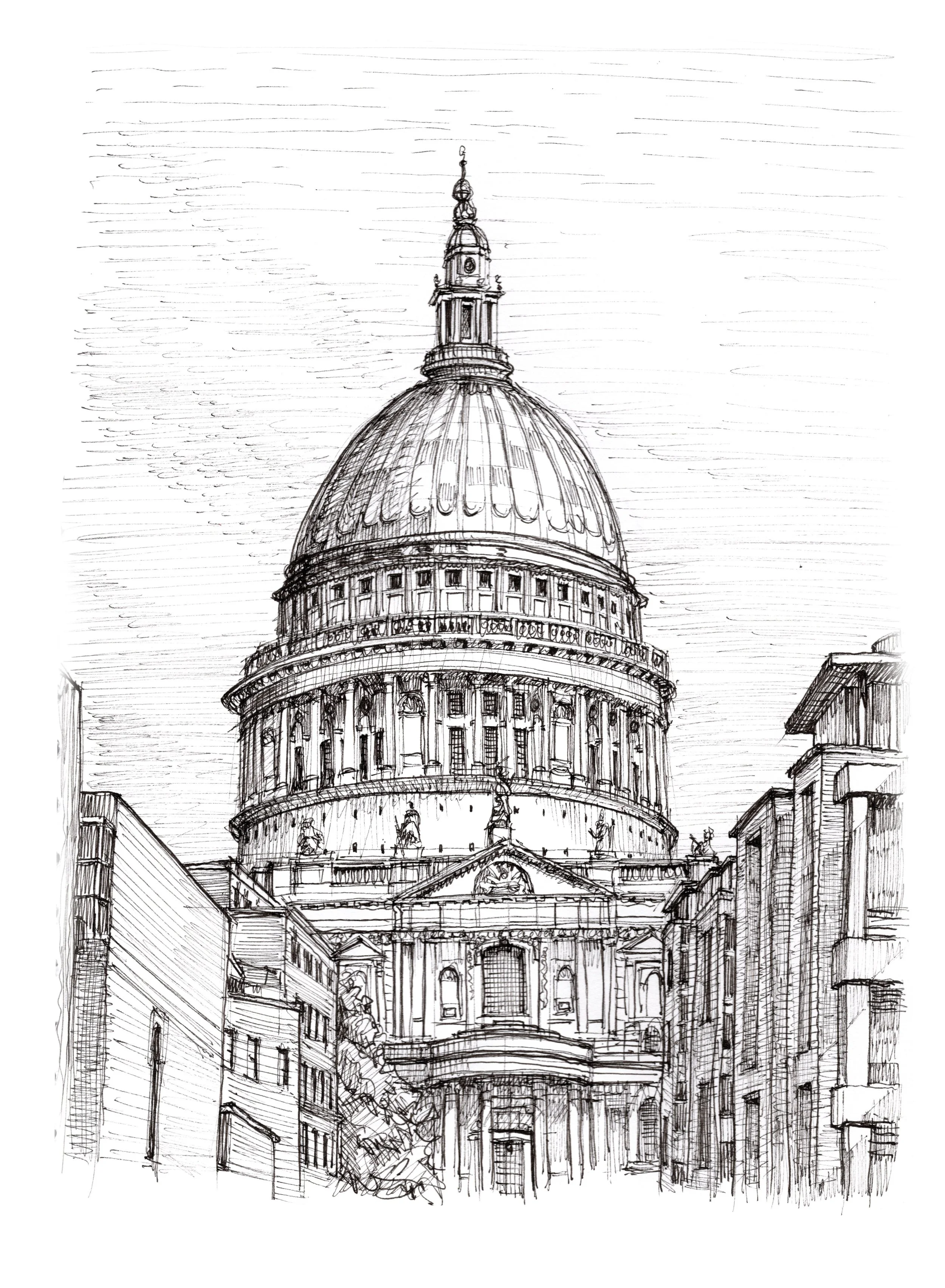
Make it stand out
St Pauls
St Pauls Cathedral
St. Paul’s Cathedral, an iconic Anglican cathedral in London, stands on Ludgate Hill, the highest point in the city. The site has been home to a cathedral since AD 604, dedicated to Paul the Apostle. The current structure, designed by Sir Christopher Wren in the English Baroque style, was completed in 1710 after the Great Fire of London destroyed the previous Gothic cathedral. The present cathedral is a Grade I listed building and one of the largest in the UK. It is known for its striking dome and was the tallest building in London from 1710 to 1963.
St. Paul’s has played a central role in British history. It has hosted the funerals of national figures like Admiral Lord Nelson, Winston Churchill, and Margaret Thatcher, as well as the wedding of Prince Charles and Lady Diana Spencer. It has also been the site of numerous services marking significant moments in British life, from the end of World War II to Queen Elizabeth II’s various jubilees. While it is a popular tourist destination with an entry fee, worshippers can attend services and pray there free of charge.
The origins of Christianity at this site are steeped in legend. Some claim that London’s first Christian church stood at St Peter upon Cornhill, but the actual location is uncertain. Bede records that in AD 604, Augustine of Canterbury consecrated Mellitus as the first bishop of London under King Sæberht. Over the centuries, the cathedral was rebuilt several times. The fourth version, Old St. Paul’s, was a massive Gothic structure the Normans began in the 11th century and expanded in the 13th century. By the 16th century, the building was in disrepair, and it suffered from the iconoclasm of the Reformation. In 1561, a lightning strike destroyed its spire, and further damage occurred during the English Civil War. Ultimately, the Great Fire of 1666 gutted the building.
After the fire, a complete rebuild was proposed. Wren, already overseeing the rebuilding of many churches, was tasked with designing a new St. Paul’s. He had initially worked on repairing the old structure but shifted his efforts to designing a new building. His designs went through several iterations, from a circular domed vestibule to a grand Greek cross. However, the final design, which won approval, was a Latin Cross plan with a magnificent dome at the crossing, influenced by St. Peter’s Basilica in Rome.
The new St. Paul’s construction took several decades, beginning in 1675 and continuing into the early 18th century. Wren’s son and one of the lead masons topped out the building by placing the final stone on the dome in 1708. The cathedral was officially completed on Christmas Day in 1711, though some work, like the rooftop statues, continued into the 1720s. A tax on coal funded the project, and its final cost was over £1 million.
St. Paul’s Cathedral remains one of London’s most recognizable landmarks. Its vast dome, soaring above the city, inspires visitors with its architectural beauty and historical significance.